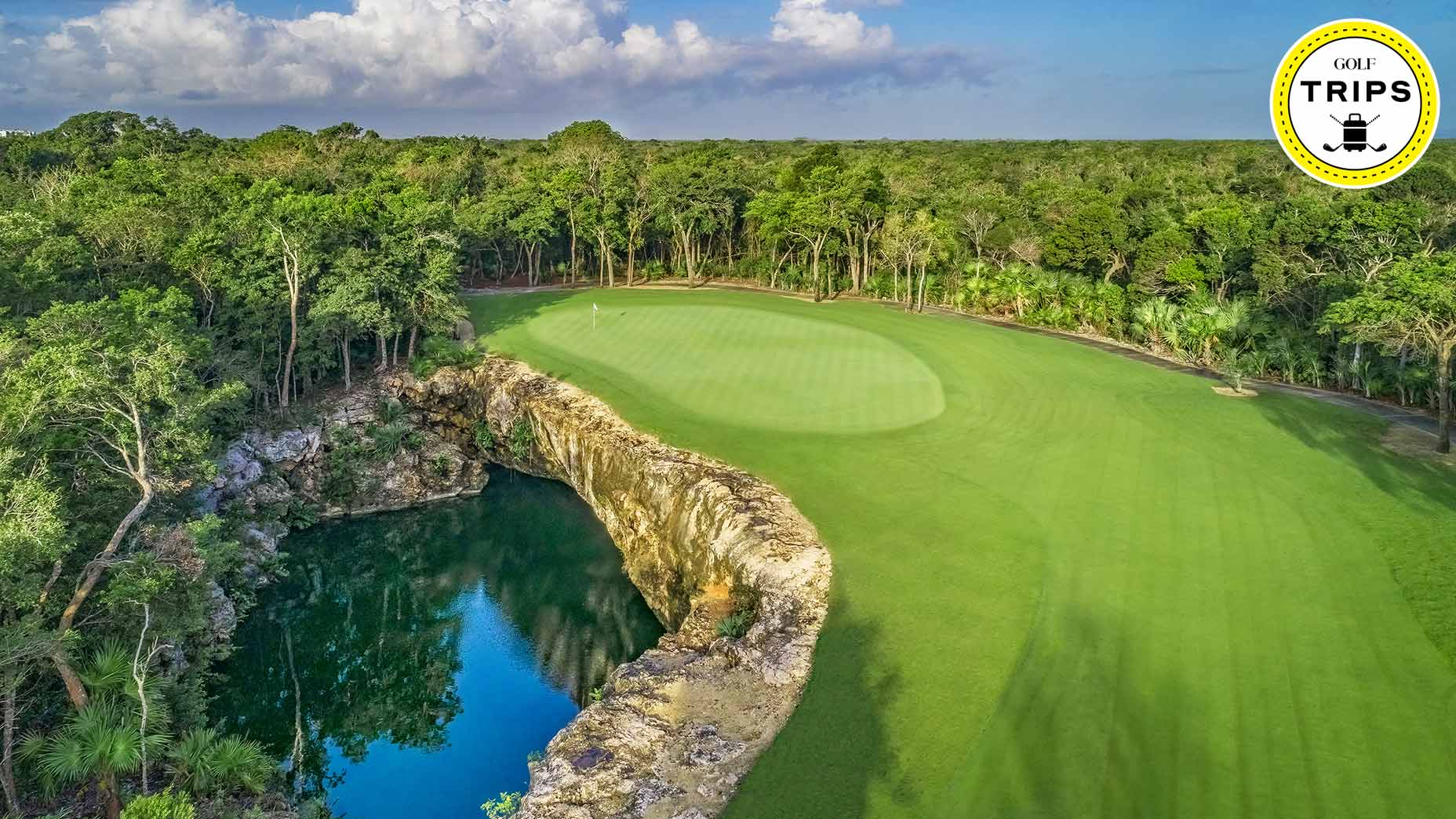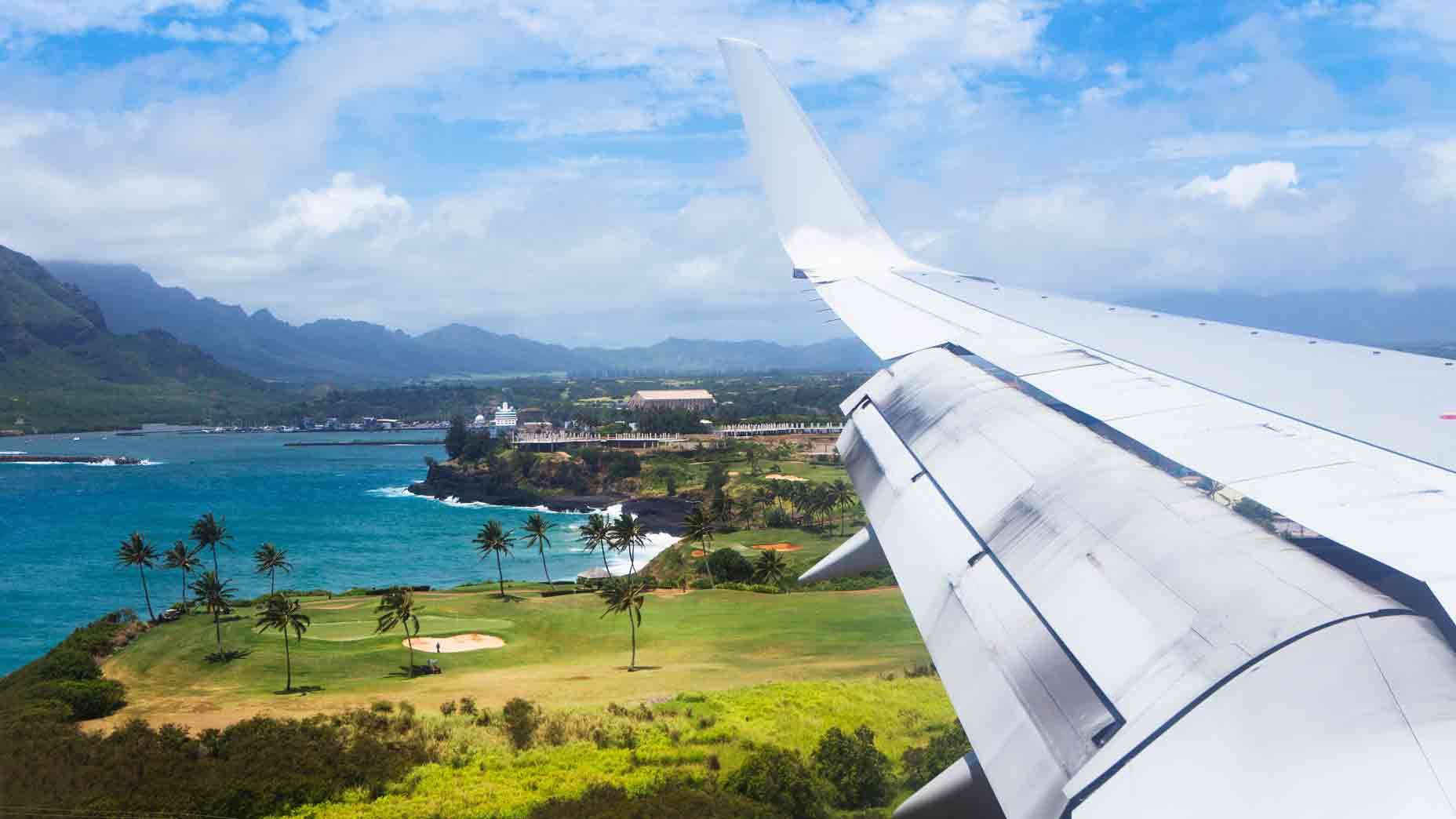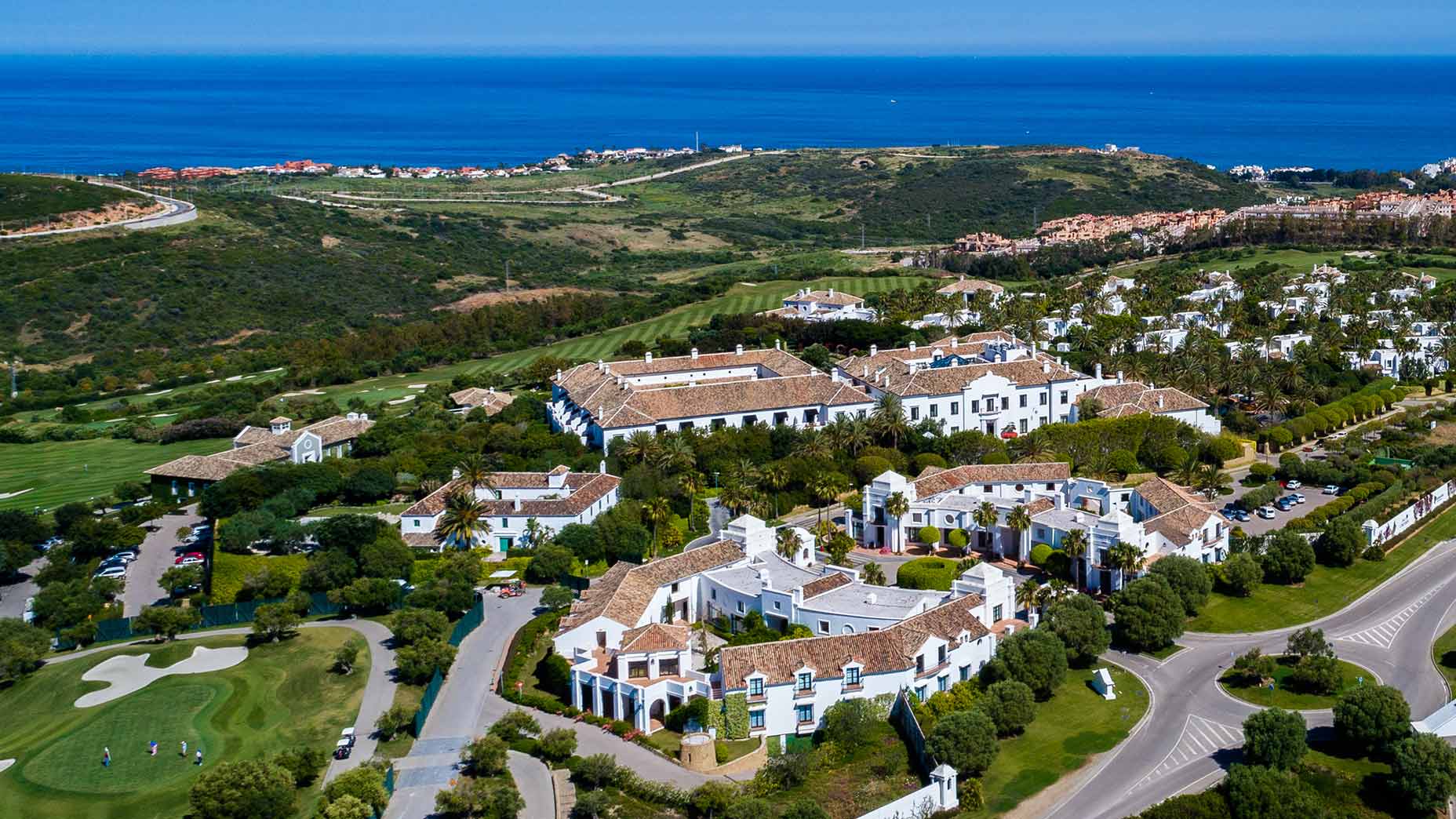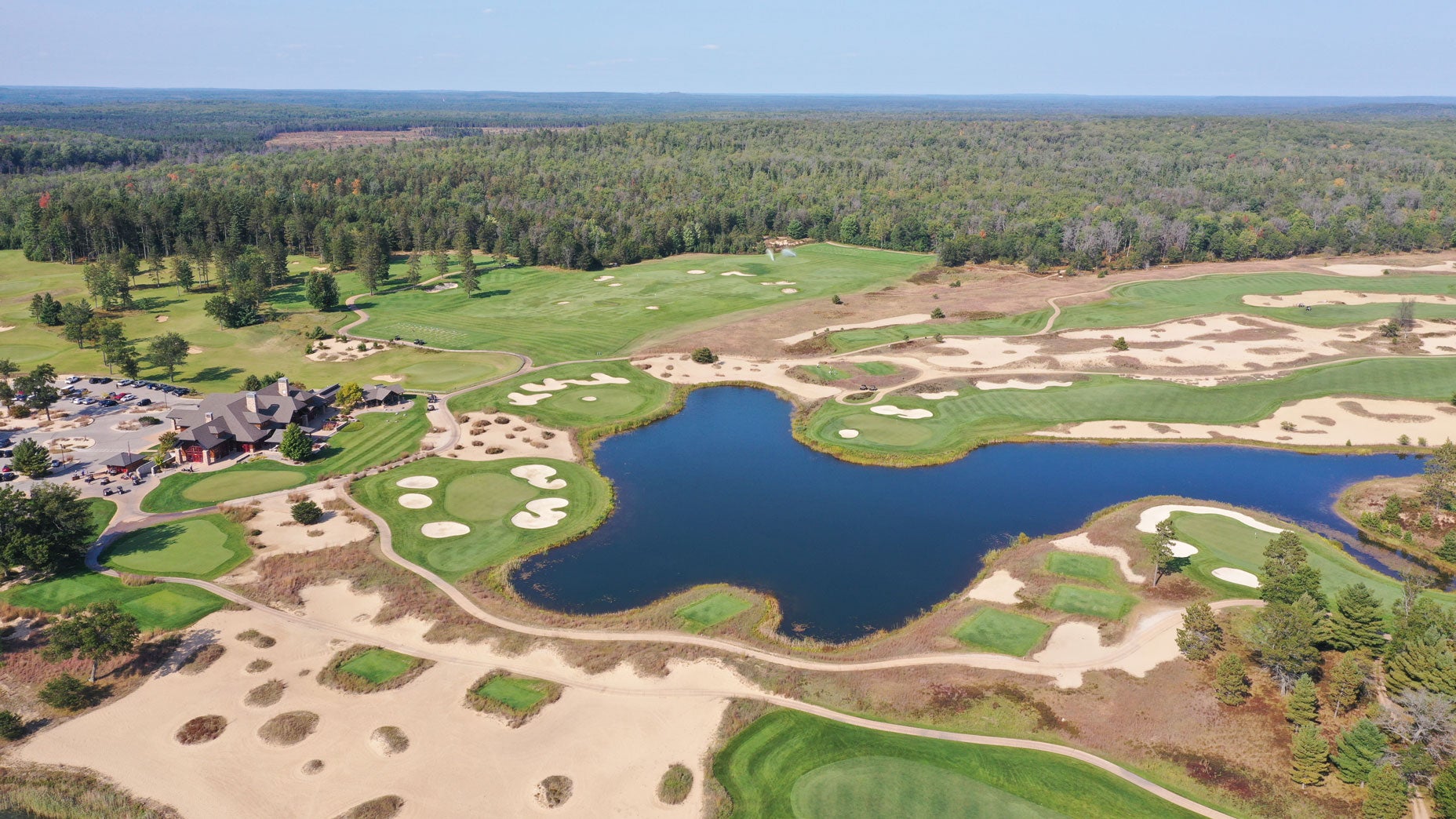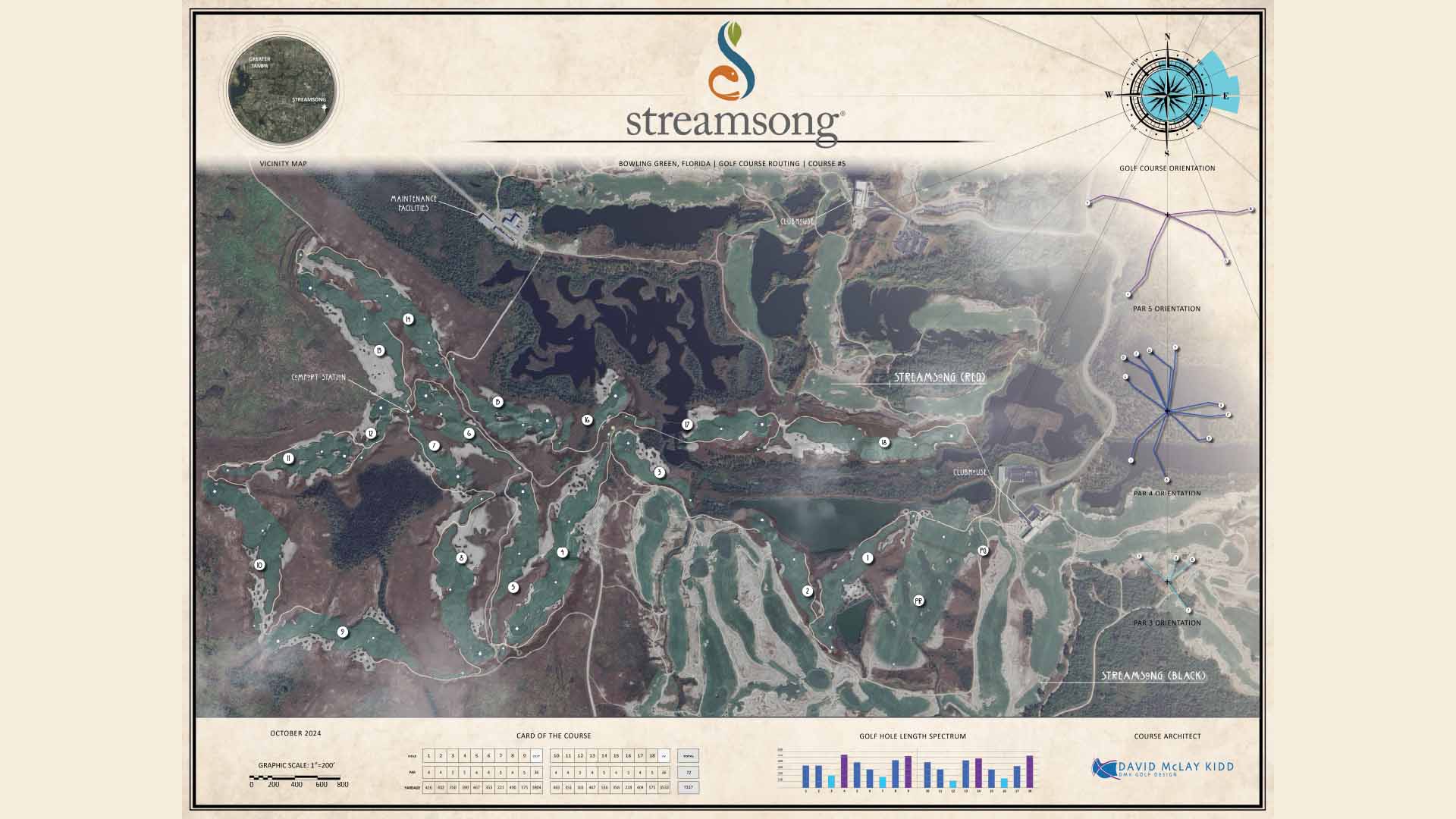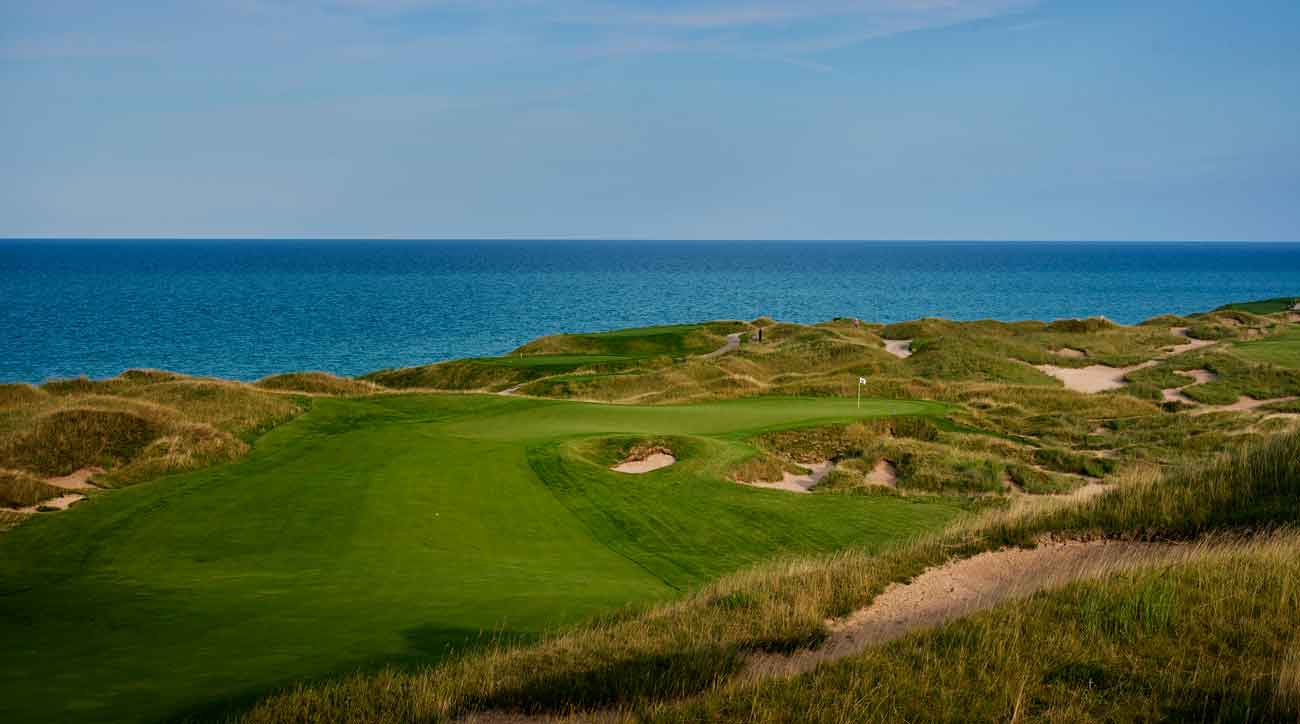Set out on Federal Highway 307, the artery that runs north and south along the eastern corridor of Mexico’s Yucatán Peninsula, and you’re likely to experience a few momentarily loco things. First, the word highway is a little rich. A roughhewn, utilitarian roadway that for more than half of its 224-mile length is reduced to two lanes, there’s nothing particularly elevated about it. Then there are the speed bumps, or topes. Sometimes well marked, sometimes not marked at all, they can be jolting when you’re ripping along at the 100-kilometers-per-hour speed limit. More jarring, at least for on-edge Americanos with rental car plates, are the scattering of police checkpoints, where drivers are forced to slow their roll for spot inspections. It’s a little bit Nissan Sentra, a little bit Narcos, but mostly — mostly — a benign show of machismo.
Maybe the oddest eccentricity of Highway 307 is its lack of exits. Signage isn’t abundant and neither are off-ramps, especially along the undeveloped, densely jungled stretches of the Yucatán that set apart the coast’s string of sun-blasted tourist destinations: booming Cancún to the north, Playa del Carmen a little further south and the even more southernly outposts of Akumal, Tulum and Chetumal. For miles and miles, there’s no way to get off Highway 307. But if there’s a hemmed-in, you-can-check-out-any-time-you-like-but-you-can-never-leave quality to it, who’s complaining? In lieu of exits, what dots heavily trafficked 307 are mammoth, ornately designed portals to the luxurious playgrounds hidden just beyond the jungle line. The highway signs don’t read MAIN STREET or MINNEAPOLIS, they read BAHIA PRINCIPE and SECRETS AKUMAL — resort names. And behind each elaborate marble or limestone gateway sits a pleasure palace and a prime piece of the Caribbean.
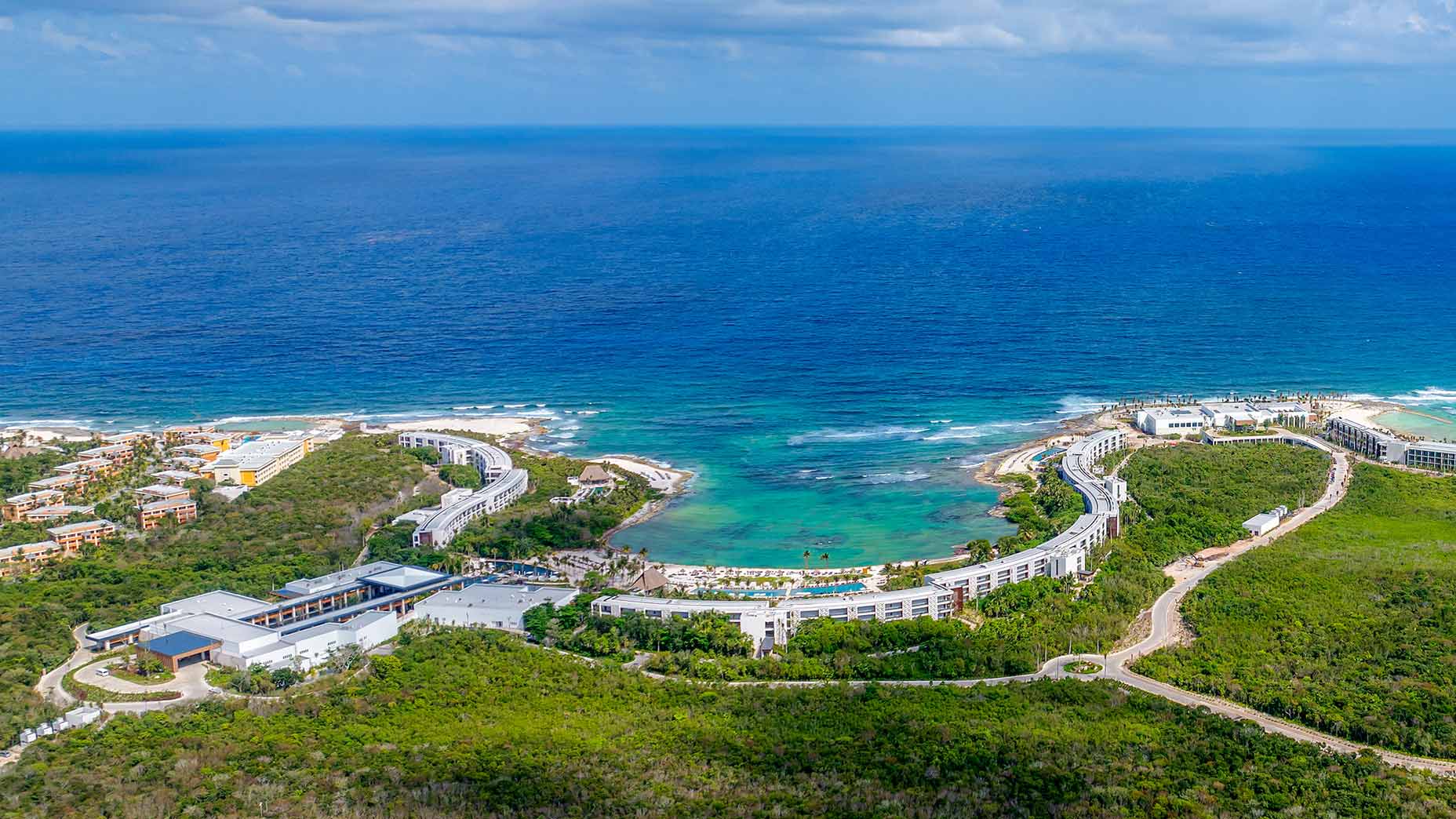
Over the years, Highway 307 has complicated the movement of more than just tourists. Development in the lower Yucatán has, to some degree, been impeded by the region’s limited access. Until recently, travelers booked into resorts in and around Tulum, for example, had to put up with a two-hour-plus drive from the airport in Cancún before they could slide into their first margaritas. That long haul kept some of these resorts and municipalities appealingly low-profile, but it didn’t really suit Mexico’s tourism ambitions. After years of drawing-board dawdling, the charmingly boutique, government-funded Tulum International Airport opened last December, with heavyweight carriers — including Delta and American — committed to delivering direct-to-Tulum flights from Dallas-Fort Worth, Denver, Houston, Miami and Newark, among other key U.S. hubs. International flights will follow.
What does this mean to the Yucatán’s hospitality players? Expansion and, they hope, a rush of new business. What does it mean to golfers? In the case of one high-end resort, an enticing offer.
The Conrad Tulum Riviera Maya is tucked behind one of the lavish portals that line Highway 307. An hour’s drive north of the new “jungle airport,” the resort welcomes its guests with what one driver calls a “Mayan massage for free” — a winding journey along a palm-lined cobblestone entryway so spectacularly beautiful and bumpy it relaxes your chi before you’ve even claimed your room key. If you’ve ever blissed out at a cloistered utopia like the Conrad, you’ll be familiar with its immediate rewiring of your senses, starting with a breezy, open-air lobby big enough to contain the Carrier Dome and chic enough to take your breath away. You’ll also know the place’s restorative powers. For a few days, your most pressing life decisions will involve choosing between the sunrise yoga or the overflowing breakfast buffet, the white sand beach or the tiered infinity pools, the paloma or the mojito, the “ocean wave” massage or the detox ritual “connected to the Mayan gods of sun and wisdom,” the authentic Mexican feast or the sublime teppanyaki, sushi and short ribs.
The Conrad — one of the luxury-branded hotels in the Hilton empire — even tempts you to just hole up. Nearly 200 of its rooms include balconies with ocean views and a private hot tub that, with a couple of Tetris moves, cozily accommodates two. The indoor shower has a Caribbean view too — assuming you can tear yourself away from the views on a flatscreen TV the approximate width of your king bed.
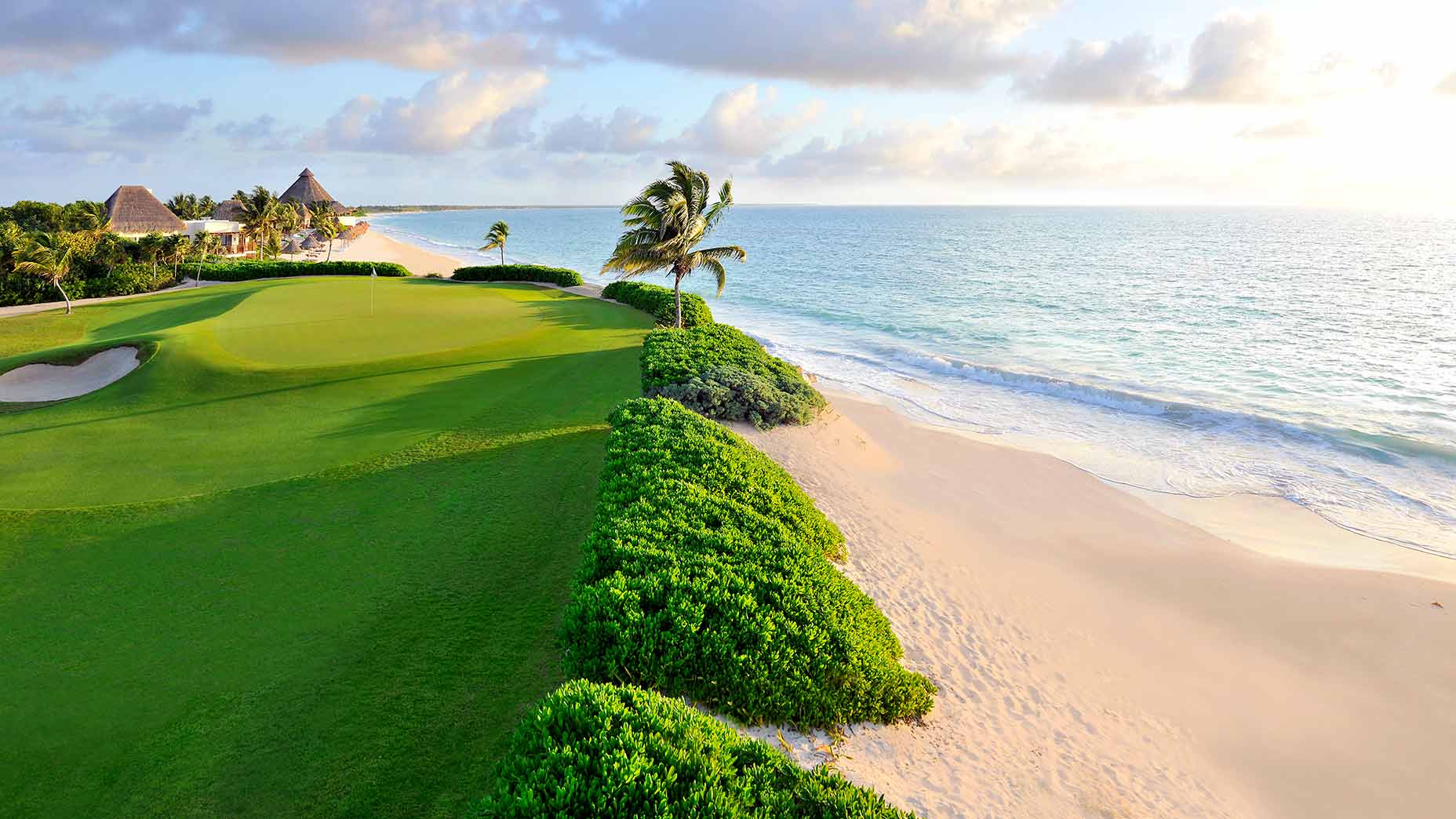
By design, the Conrad Tulum leaves you awestruck and enveloped. But if you’re a golfer, it wants to get you out too. Early this year, the resort teed up an intriguing deal. On top of the cost of a double-occupancy room ($469 per night for an ocean-view king), an upcharge of about $430 buys you and a partner playing privileges on two of the Yucatán’s best courses: Robert Trent Jones II’s PGA Riviera Maya, a five-minute drive from the resort, and, an hour up Highway 307, Greg Norman’s Tour- and LIV-tested El Camaleón at Mayakoba.
“Every day that I’m on this side of the big divot, I’m feeling great,” says the 84-year-old Jones, who remembers carving his Tulum course (initially called Bahia Principe Riviera Maya) out of the jungle before it opened in 2010. The architect has built layouts on two of Mexico’s coasts, the Pacific and the Caribbean. The difference, he says, is that the Caribbean side is “endless, lush.” And so is the jungle. “You have to keep fighting it,” Jones says, “because it’ll come back if you don’t maintain it.”
PGA Riviera Maya proves his point. Unfolding on 290 acres adjacent to a limestone quarry, the course is crisscrossed with crystal water features, bordered by impenetrable tree lines and — because Mexico is where the wild things are — crawling with inquisitive iguanas. The lizards are almost as beguiling as the architect, who loves to play entertainer and gadfly. Jones is a great proponent of the pleasure principle — rolling fairways and greens, epic doglegs, cool elevation changes — and a pest at the same time. Here, after you’ve pegged it on the par-3 5th, he makes you wait ten holes for the next par 3, then thumps you with a water-lined 245-yarder to an elevated green. He jokes about one of the course’s fine signature holes, No. 6, which features a cenote — one of the Yucatán’s estimated 10,000 captivating sinkholes — to the left of its green. “If you want to retrieve your ball,” he says, “just get a scuba suit. Sometimes water holes aren’t visible, they’re under you.”
About four years ago, Jones’ course — inland, playful and ranked in the top 30 in Mexico — formed an alliance with the PGA of America, and it’s worthy of the partnership. By the time your car — stocked with snacks and cold drinks and included in the price of the golf package — returns you to the Conrad you’ll appreciate what Jones, a maestro of high-flying metaphors, means when he says the best course design isn’t about repetition, “it’s more like a symphony.”
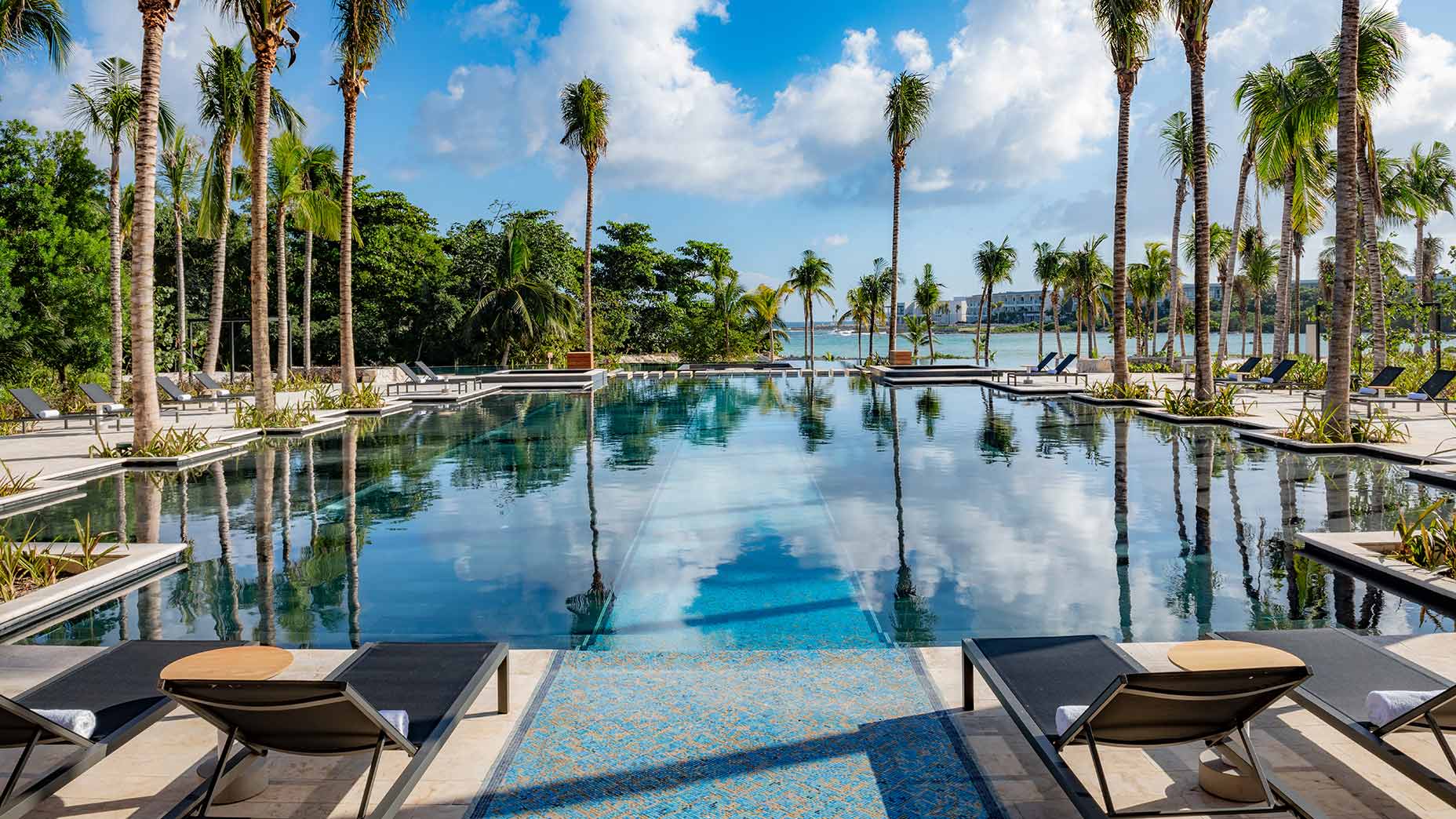
Greg Norman has gone punk rock these days, but his course at Mayakoba, which just barely touches the Caribbean and is even tighter off the tee, is a lyrical blend of tangled mangrove, tropical foliage, hardpan waste areas and Instagram-ready canals and lagoons. Even the wildlife is agreeable. On the first tee, the starter’s job isn’t to outline restrictions but to allay fears of what might emerge from the trees. Fans who tuned into the Tour’s WWT Championship at Mayakoba or, more recently, the LIV Golf roadshow, have seen the racoon-like coatis that roam Norman’s course. After the starter warns you to safeguard your grub from these lumbering foodies, he, perplexingly, encourages you to grab a free piece of fruit. Clearly, the coatis are good for business. Turns out this guy is a starter, a zookeeper and a marketer for El Camaleón.
Not that it needs selling. The course, still flecked with billboards from the LIV event in February, is tee-to-green with golfers. If the pace of play at PGA Riviera Maya is pleasingly languid thanks to a relatively open tee sheet, play at El Camaleón slows, in part, because of the jungle. Hit your ball into the copse and not only will you not find it, you’ll not find any ball. It’s a mysterious and costly Houdini act, but worth it given how much the place pays you back in championship-quality golf and the bragging rights of a Mayakoba scorecard.
The question is, does the Conrad golf package push the pencil? Green fees at the Jones and Norman courses run in the range of $250 per player, so the four rounds, premium transportation and road treats bundled by the resort are a steal.
There’s one last idiosyncrasy you won’t have bargained for on funky old Highway 307, which, in the coming years, will be less fatigued as Mexico unveils another of its tourism-stoking initiatives: El Tren Maya, 290 miles of train service that will link resorts, historic ruins, airports and towns big and small up and down the Caribbean coast. RETORNO is the sign you see over and over again as you rattle along 307. It’s the equivalent of a U-turn posting and a heads-up for practically the only way to reverse course on that endless highway. RETORNO. RETORNO. RETORNO. As the signs fly by on your way out of Tulum, the repetition is hypnotizing.
Don’t put it past Mexico to be sending you a message.
